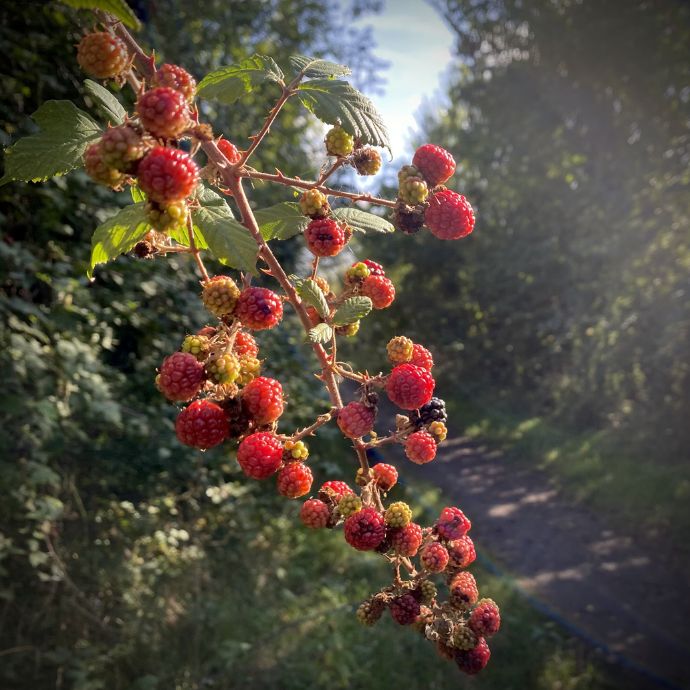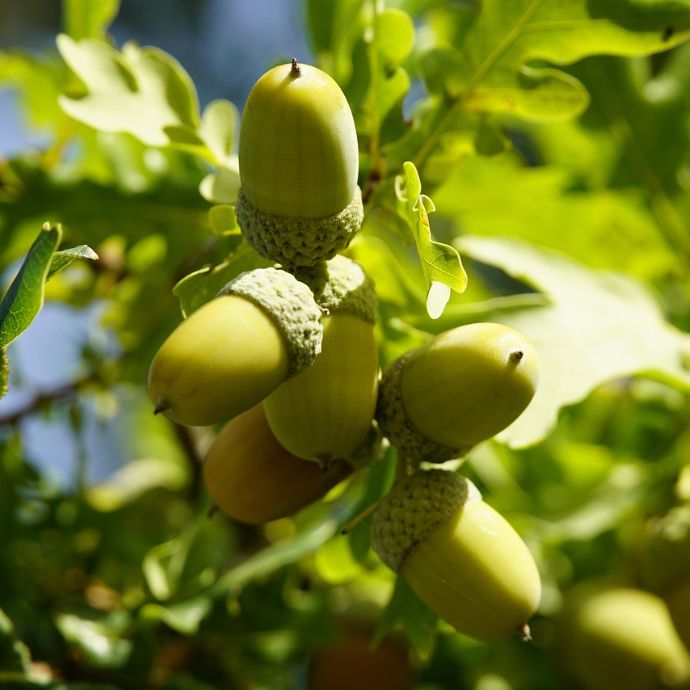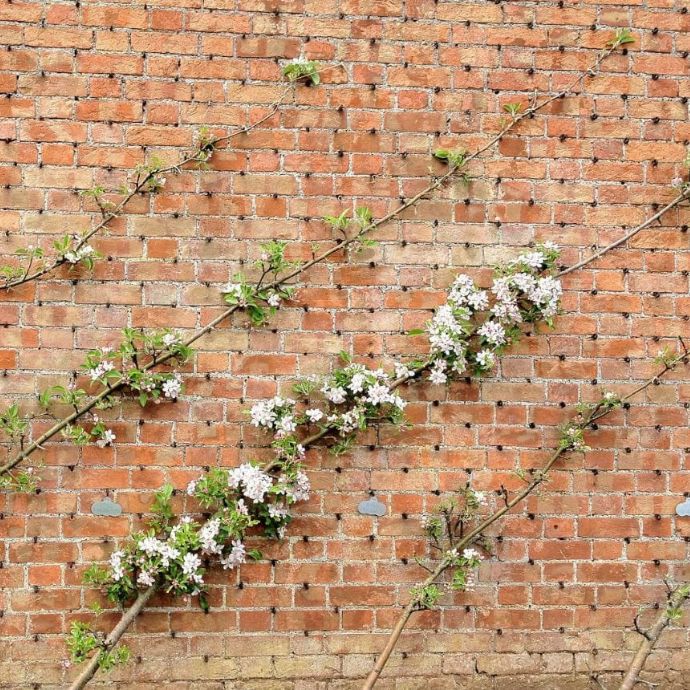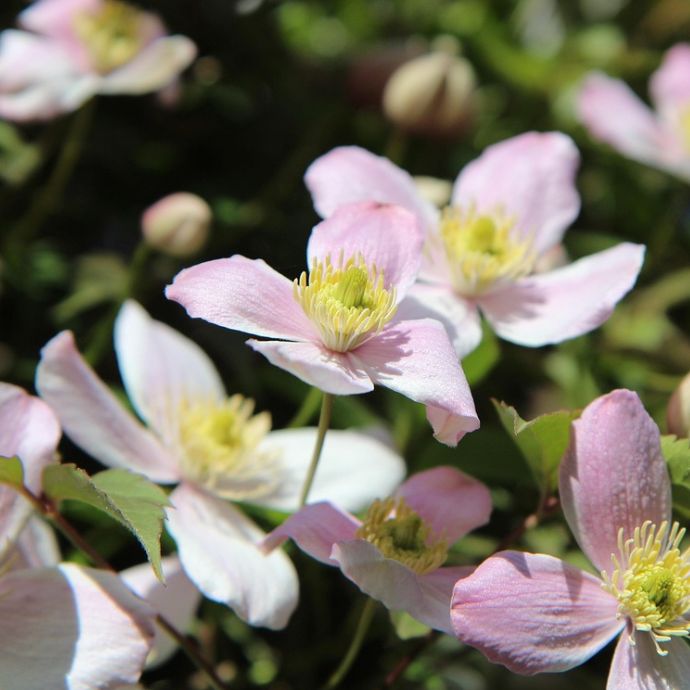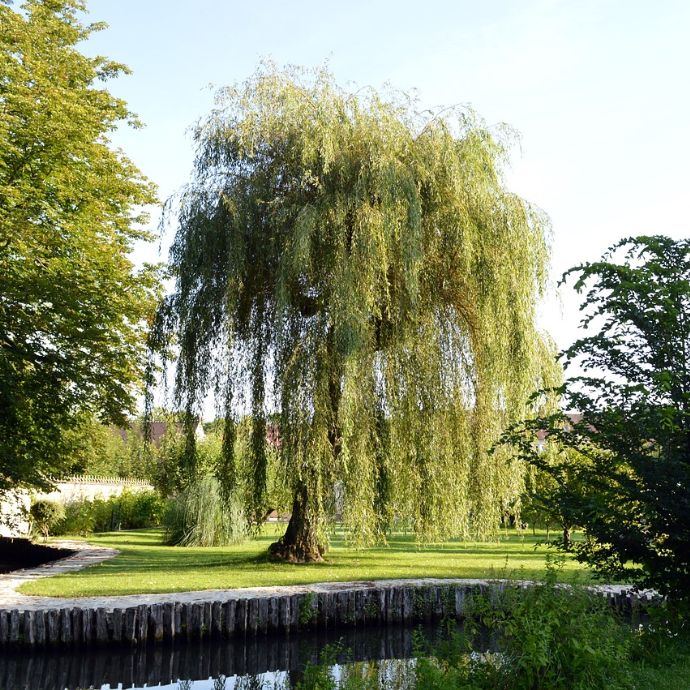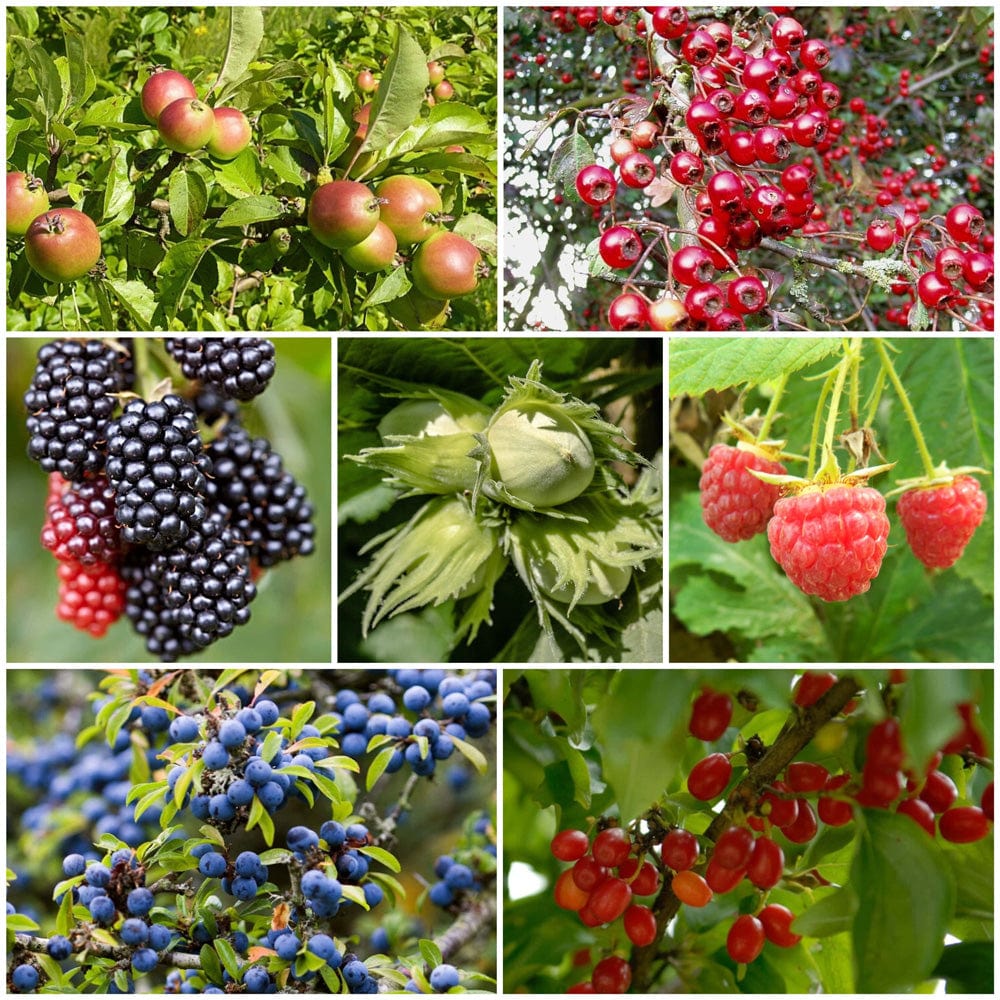Advice & Inspiration
Raspberry Plant Care Guide
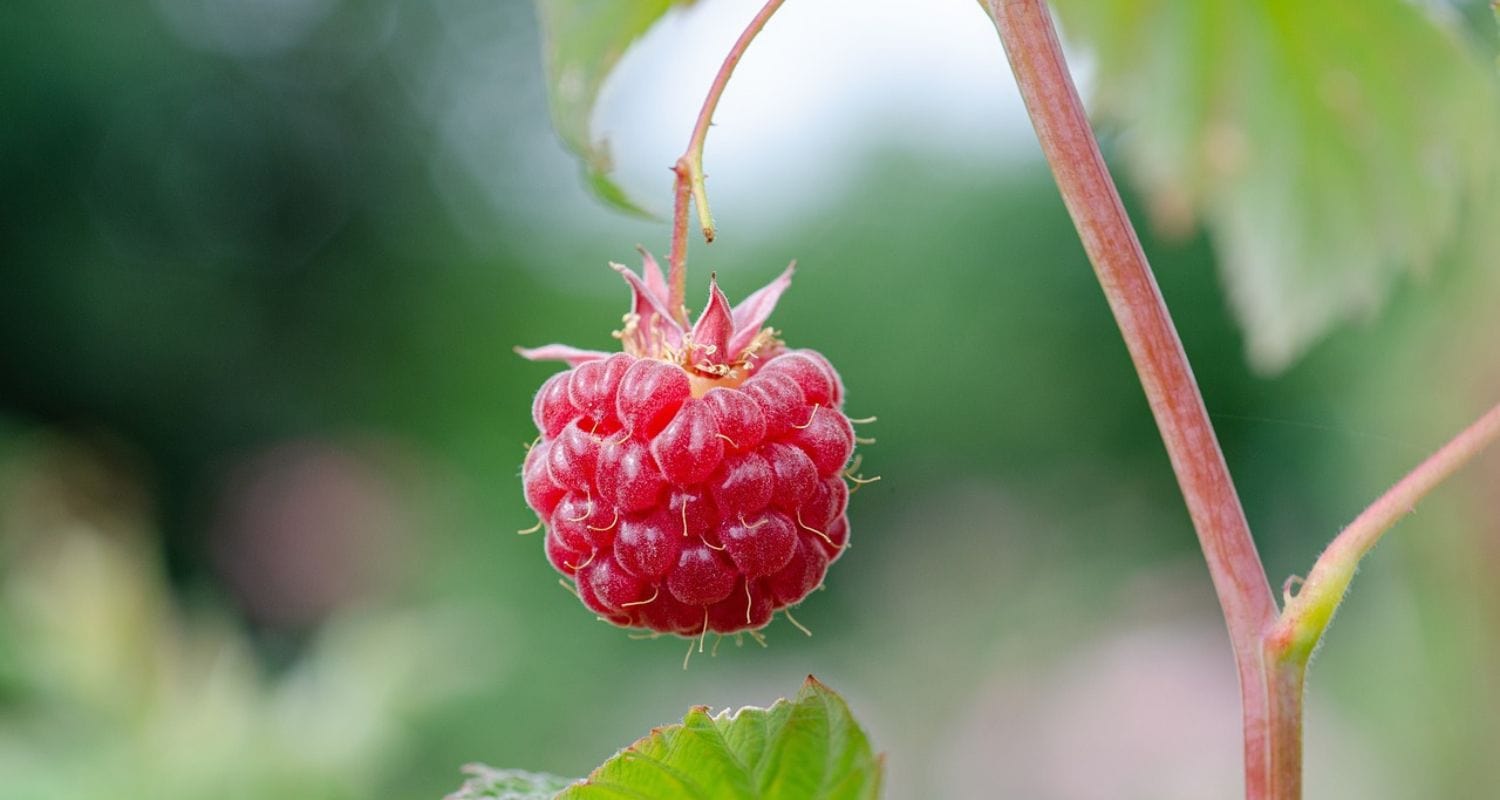
Delicious, juicy raspberries. Who doesn’t love them? These berry special plants are a favourite of UK fruit growers and it’s not hard to see why. Bearing fruit that offers the perfect balance between sweet and tart, raspberries are just as good eaten fresh as they are in a scrummy crumble or cheesecake.
But even though these bushes are relatively low maintenance and easy to grow, like most plants they still require a bit of additional TLC to get the very best from them. With that in mind, we’ve created this guide to walk you through the most important aspects of raspberry plant care, to help give you the best possible chance of a bumper crop.
Jump to:
- Watering raspberry plants
- Feeding raspberry plants
- Pruning raspberry plants
- Protecting raspberry plants
- Harvesting raspberry plants
Watering your raspberry plant
If you’ve bought a bare root raspberry cane, it’s worth soaking the roots in water for an hour or two before you plant it, as this helps the roots rehydrate. If you’ve bought a garden-ready plant, give it a thorough watering when planting.
Whether you’ve purchased a bare root cane or garden-ready plant, regular watering is crucial to help your raspberry bush thrive, as they grow best in consistently moist soil. From spring all the way to after harvest time, give your raspberry bush anywhere between 2-10cm of water per week (nearer that 10cm mark is important around the time the plant starts bearing fruit).
In practice, a good watering a couple of times per week should suffice, with daily checks being advisable in particularly hot weather or if you notice the soil starting to look dry. We recommend watering your raspberry plant in the morning, if possible, as this way the plant absorbs more of the water, rather than it being evaporated by the sun. Avoid wetting the plant’s foliage, as this can increase the risk of diseases like raspberry rust.

Feeding your raspberry plant
Generally speaking, although raspberry plants are nutrient-hungry, they only need feeding once annually (usually at the start of spring). There are a few options when it comes to feeding your raspberry plants. If you already have pretty fertile soil, then amending it with some additional compost or well-rotted manure can do just fine.
But if your soil is poorer, then you can go down the fertiliser route. We’d recommend looking for something granular with a balanced overall NPK (nitrogen, phosphorus and potassium) like Growmore – or an organic alternative – or something that’s a bit higher in potassium, like comfrey tea, as this can promote greater fruiting.
Feeding container-grown raspberry plants
If you’re growing a potted raspberry plant, like ‘Yummy’, for instance, then more regular feeding is important, given the limited amount of soil it’s able to draw nutrients from.
We’d recommend feeding your plant monthly from spring to early autumn. For this, we’d suggest using a liquid feed either with a balanced NPK or, again, something with a slightly greater potassium concentration (like tomato feed).
Mulching
Mulching your raspberry plant is important to help suppress weeds, retain moisture and enrich the soil over time. We’d advise applying a layer of mulch around 10cm thick when you first plant your raspberry cane.
For established plants, mulch your canes before the new growth starts. This is typically at the end of winter or the beginning of spring. Use an organic mulch comprising material like straw, pine needles, bark chips or leaf mould.
Top tip: place your mulch around the raspberry stems but not in direct contact with it – aim to leave a few centimetres between your mulch and the stems. Direct contact can actually increase the risk of rot or disease.

Pruning your raspberry plant
Regular pruning is essential to keep your raspberry plant(s) happy and healthy, but the nature of the pruning depends on the variety in question. It all boils down to whether you have a summer-fruiting raspberry or an autumn-fruiting raspberry.
Summer-fruiting raspberry plants (floricanes)
Floricanes are those that bear fruit on the previous year’s growth. Pruning them is a job for early to mid-autumn, around September or October time. Once your plant has finished producing those oh-so scrumptious raspberries, cut the canes that have borne fruit right down to ground level.
It’s easy to distinguish between the old and new stems as the former will be brown in appearance and stiff. The new canes don’t escape from pruning entirely, however, and you’ll want to thin them out until there’s only around five to seven of the strongest-looking new canes remaining per plant.
If you’re planting in rows, support the new canes using garden wire running between two posts or T-frame trellises, one located at the end of each row, using twine to attach the canes to the wire. If you’re only growing one or two plants, then inserting some strong bamboo canes can do the job perfectly.
Autumn-fruiting raspberry plants (primocanes)
Primocanes bear fruit on the current year’s growth, meaning that pruning them is a doddle. All you have to do is cut all the canes down to the ground in winter – it’s as simple as that.

Protecting your raspberry plant
We’re not the only ones who can’t get enough of raspberries, birds love them too… To stop them from nibbling on your perfect produce, you can use some aluminium foil strips, hung near to your plant, as birds are put off by its reflective nature.
Alternatively, you can use some netting, which you can drape over a homemade bamboo structure – the kind you might make for supporting pea and bean plants. You can also make use of existing garden structures like trellises or pergolas to help hang your netting.
Top tip: for your netting, purchase some with a mesh diameter of 5mm or less, as this reduces the risk of birds (and other wildlife like bats) becoming entangled in the netting.

Properly harvesting your raspberry plant
First thing’s first, take care. Most raspberry varieties have thorns, and if you’re not careful, then you can get scratched whilst trying to pick your fruit. To pick a raspberry, place the fruit between your forefinger and thumb and gently pull it off. Lightness of touch really is the key here as raspberries bruise and squish very easily.
You can tell if a raspberry isn’t quite ready to harvest as it will have a bit more resistance when you tug on it. Pick your raspberries in the morning before the day warms up too much; picking your fruit in the heat of the early afternoon, for instance, can lead to softer, more shrunken fruit – not what we want!

Final thoughts
So, there you have it – hopefully, having read this, you have a better understanding of how to care for your raspberry plants. Follow these tips and you’ll have a much better chance of getting those brilliant little berries in abundance come harvest time. Go all the way to our advice page for more inspo and top growing tips.




